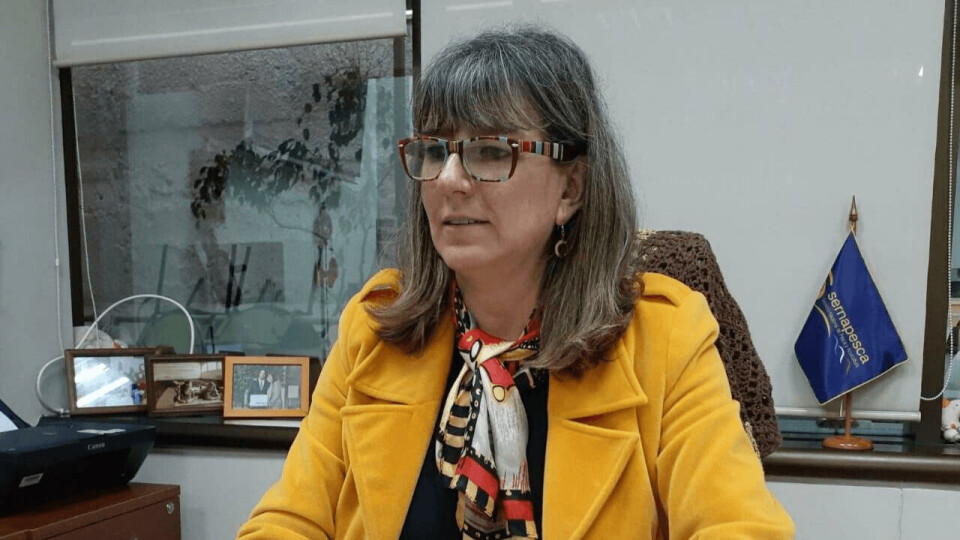
Chile: 4.7 million salmon escaped in last 10 years
Around 4.7 million fish have escaped from Chilean salmon farms in 73 incidents between 2010 and 2020, according to a report from state aquaculture agency, Sernapesca.
The causes were largely climatic and oceanographic conditions at the affected farm sites.
Sernapesca is now looking at use of increased monitoring, big data and artificial intelligence to create predictive models of where escapes are most likely to occur.
Line for the future
The agency’s director, Alicia Gallardo, told Fish Farming Expert’s Chilean sister site, Salmonexpert.cl, that the most recent escape from a Blumar farm in which 16 out of 18 cages sank indicated the need for a more sophisticated approach.
The incident “has brought us a series of challenges that mark the line for the future: a modern, technological Sernapesca, with the use of big data”, said Gallardo.
“If we have the escape statistics, we can perfectly study the related variables in conjunction with some university, to create predictive models.”
Atificial intelligence
Another key ingredient is the need for the Superintendency of the Environment (SMA) “to have strong monitoring systems online, in real time, and with this information, to be able to anticipate a fish escape, depending on the conditions: meteorological and oceanographic predictions, generating alerts for a better remote control”.
With the use of artificial intelligence and big data, it is possible to anticipate large fish escapes of fish, said Gallardo.
“If we pass on to experts the historical data we have on salmon escapes - day and time of the event, oceanographic variables, temperature - a technical estimation pattern can be established,” said the director.
“We have models to anticipate harmful algal blooms and take concrete action. The same can happen in salmon escapes.”
Unified database
To have more quality information, the establishment of quality monitoring stations in each salmon farm and oceanographic buoys, ideally in all neighbourhoods, will be key, said Gallardo.
Sernapesca, together with the SMA, will build a unified database for aquaculture, in order to establish better inspection of the salmon industry in areas such as large escapes.
The region with the most large escapes in the last 10 years is Los Lagos, with 40 escapes involving 2.5 million salmonids, followed by Aysén with 26 escapes that amounted to almost 2 million fish, Los Ríos with four events and more than 132,000 specimens, and Magellan with three large escapes involving about 70,000 salmon, reported Sernapesca.
So far in 2020, seven large escapes have been made known to Sernapesca, representing more than 191,000 salmonids, more than double what was known during 2019, where five escape events were recorded totalling 86,000 fish.




















































